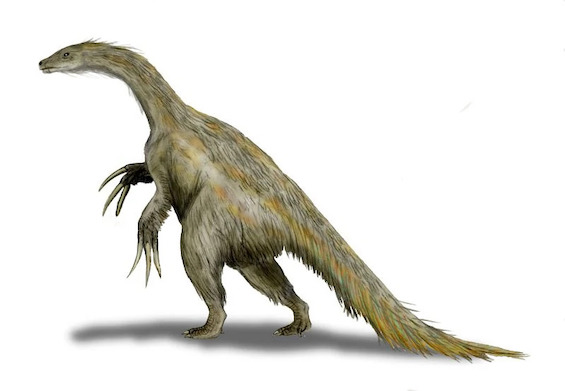
Now, here’s a story that involves dinosaurs, Thai human traffickers, teams of paleontologists, and the CIA. They all come together in David Walton’s thrilling new science fiction novel, Living Memory. Walton, an engineer, writes hard science fiction, thoroughly grounded in known science. And that’s fully on display here. Most of the action in the story unfolds in northeastern Thailand, a favorite locale for paleontologists as well as smugglers on the hunt for dinosaur fossils. The details about the dinosaurs in the novel are accurate (up to a point), and the preoccupations of the scientists who study them are clearly in evidence. Even the political events that overshadow the action are credible. Just don’t expect the story as a whole to be realistic.
Estimated reading time: 5 minutes
Paleontologists in bitter conflict
As the novel opens, we meet the three scientists who are central to the tale. Sisters Samira and Beth Shannon are American paleontologists excavating a promising site on a generous research grant. Their Thai colleague, Dr. Kittipoom Chongsuttanamanee, known as Kit, is struggling to build up a center for paleontology at the local university. He deeply resents their plan to ship the fossils they find back to America instead of leaving them in his museum. The seeds for conflict are clear. And that conflict breaks out into the open when China engineers a coup in the Thai government, and soldiers descend on the worksite to seize Samira and Beth as “CIA spies.”
Living Memory (Living Memory #1 of 3) by David Walton (2022) 254 pages ★★★★☆

A two-track story spanning 66 million years
There is something passing strange about the fossils the paleontologists are seeking to wrench from the ground. They represent a new species of maniraptor, an important discovery in its own right. The skull on one of the fossils is nearly intact, which is exceedingly rare. Their olfactory bulbs are enormous. And, strangest of all, “they had located twenty-seven distinct skeletons, all oriented the same way, arranged in neat rows.” It’s almost as though the dinosaurs had buried them in a cemetery.
Or had they?
Not long into the story we learn that, yes, these maniraptors might well have buried their dead in a cemetery. We meet them in their element, sixty-six million years ago. Our guide is a brilliant mathematician and astronomer named Easy Prey—full name Sweet Blood of Easy Prey Just After Slaughter—who, as a male, is subservient to the much larger females who rule their society. His name reflects the facts that they communicate largely by scent and are astonishingly successful organic chemists and geneticists. And Easy Prey soon makes an astounding discovery in the heavens. Unfortunately, no matter how exhaustively he presents the facts, he can’t convince the powers that be that it represents a threat to them. Naturally, knowing how all but the avian dinosaurs died, we understand perfectly well what Easy Prey has found.
A thriller to the end
Expect fireworks in Living Memory, which will hold your attention to its shocking conclusion. The conflict between Thai and American paleontologists is merely a pale reflection of the larger drama playing out on the international stage. As you’ll see when an American special ops team enters the picture..
About the author

Living Memory is David Walton‘s eighth science fiction novel. Since his debut as a novelist in 2008, he has twice won major awards in the genre for his books. In his author website, Walton explains that he is a Christian but makes clear that he does not share the extremist views of some American Christians today. His views on religion surface in one important passage in the novel. He lives near Philadelphia with his wife and seven children.
For related reading
For my review of the sequels to this novel, see Deadly Memory (Paleontologists unearth a deadly weapon—and a killer virus) and Memory Reborn (Dinosaurs live (and I don’t mean just birds)!).
I’ve also reviewed two other David Walton novels, The Genius Plague (The greatest threat to humanity is . . . a mushroom?) and Terminal Mind (Breakthroughs in brain science propel this science fiction thriller). He is one of 10 new science fiction authors worth reading now.
You might also want to see two other books about dinosaurs that I’ve reviewed: The Rise and Fall of the Dinosaurs: The Untold Story of a Lost World by Steve Brusatte (Dinosaurs live today) and Maelstrom by Peter Cawdron (Worlds collide with Earth in an entertaining First Contact story).
For more good reading, check out:
- These novels won both Hugo and Nebula Awards
- The ultimate guide to the all-time best science fiction novels
- 10 top science fiction novels
- The top 10 dystopian novels
And you can always find my most popular reviews, and the most recent ones, on the Home Page.

























